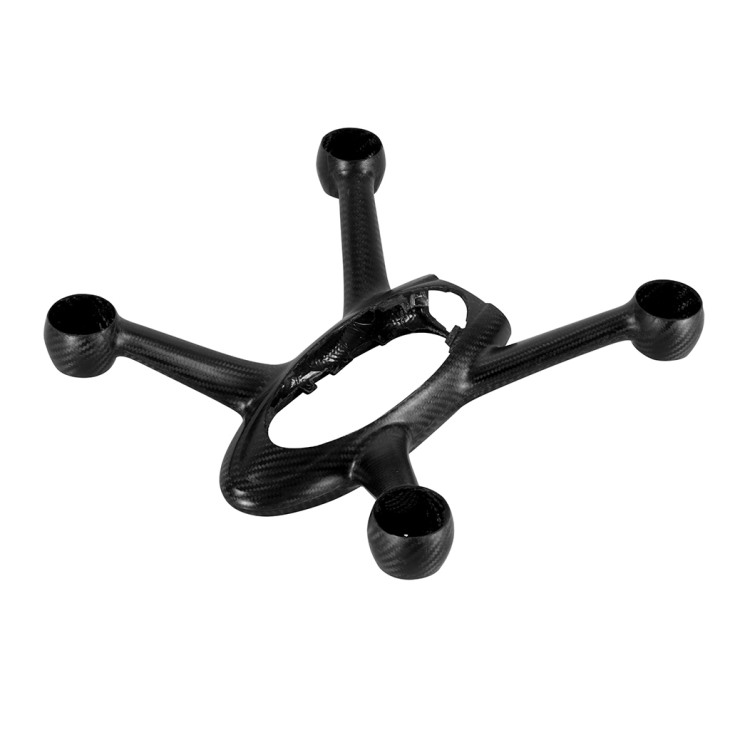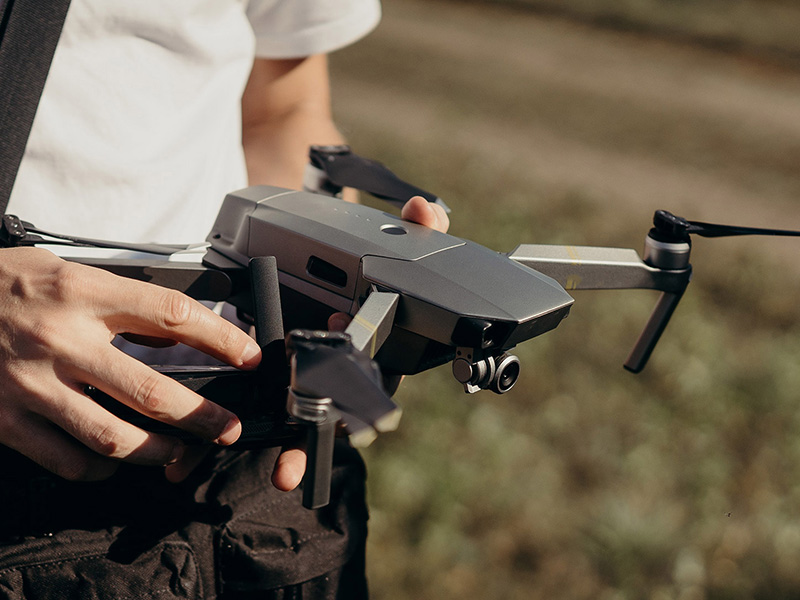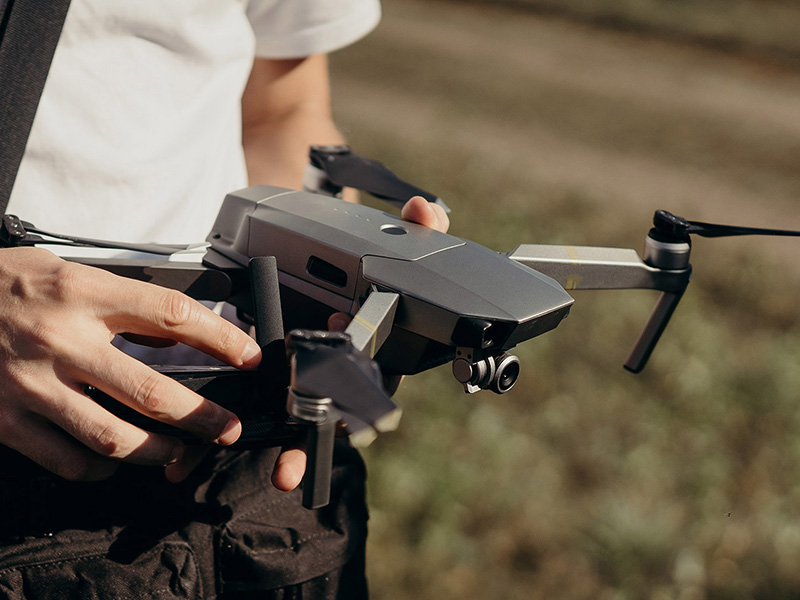Due to its excellent properties such as high strength, low density, corrosion resistance, and fatigue resistance, carbon fiber has been widely used in the field of unmanned aerial vehicles (UAVs), which is mainly reflected in the following aspects:
Fuselage Structure: The fuselage of a UAV needs to ensure strength while minimizing weight as much as possible to improve endurance and flight performance. The high specific strength and high specific modulus of carbon fiber materials make it an ideal material for manufacturing UAV fuselages. The fuselage frame and shell made of carbon fiber composite materials can not only withstand various stresses and impact forces during flight but also effectively reduce the weight of the fuselage, making the UAV more flexible and having a longer endurance time. For example, some high-end UAV models of DJI adopt carbon fiber fuselages, achieving a lightweight design while ensuring sturdiness and durability.

Wings and Tail Wings: For some UAVs that require long endurance and high maneuverability, the performance of wings and tail wings is crucial. Carbon fiber materials can be used to make wing and tail wing structures with good aerodynamic shapes. Their high strength can withstand the aerodynamic forces and bending moments during flight, and at the same time, the low density helps to reduce the overall weight of the aircraft, improve the lift-to-drag ratio, and thus enhance the flight efficiency and handling performance. Some professional model aircraft UAVs often use carbon fiber reinforced composite materials for their wings and tail wings to achieve more outstanding flight performance.
Propellers: The propellers of a UAV need to withstand large centrifugal forces and air resistance during high-speed rotation, and at the same time, they are required to have good wear resistance and fatigue resistance. Carbon fiber has high strength and stiffness, which can meet the mechanical performance requirements of the propellers during high-speed rotation. Moreover, through optimized design and manufacturing processes, the propellers can have better aerodynamic performance, reduce noise and vibration, improve power transmission efficiency, and thus enhance the overall performance of the UAV.
Landing Gear: The landing gear needs to have sufficient strength and stability to withstand the impact forces during the takeoff and landing of the UAV. The high strength and impact resistance of carbon fiber materials make them suitable for the manufacturing of landing gear. At the same time, its lightweight characteristics can reduce the impact of the landing gear on the overall weight of the UAV, which helps to improve the effective payload capacity and flight performance of the UAV. The landing gear of some small UAVs is made of carbon fiber materials, which not only ensures structural strength but also reduces the weight.










